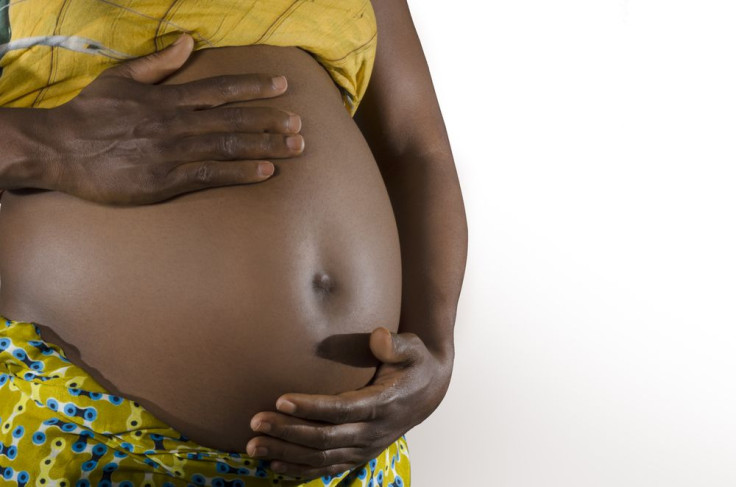Maternal Deaths Still High In Ethiopia: Strategies For Improving Mothers' Health Around The World

With limited resources, developing countries continue to have a hard time keeping mothers and newborns alive and healthy during — and after — childbirth. Highlighting the problems mothers in Ethiopia face, a special issue of the Journal of Midwifery & Women’s Health published online Feb. 18, explores how community-based methods maintain the health of mothers and their newborn children.
It’s easy to forget that less than 200 years ago, as many as 700 out of every 10,000 women were dying during childbirth. It wasn’t until 1930 that these rates started to drop. And when they began to drop, they dropped fast, thanks to the introduction of antibiotics, oxytocin to induce labor, safe blood transfusions, and improved management of blood pressure during pregnancy, according to the Centers for Disease Control and Prevention (CDC). Before 1950, maternal mortality rates dropped by 71 percent. Fast forward to the present day, it’s so uncommon in the U.S. — only about 21 of 100,000 — that women who die from it end up on the news.
Although developing Africa isn’t 200 years behind the U.S. in terms of maternal mortality, rates are still high. In Ethiopia, 676 mothers out of 100,000 died while giving birth in 2010. Newborns aren’t spared from a lack of medical care either, with their deaths accounting for 42 percent of all deaths in children under 5 years old. “While Ethiopia has reduced under-5 mortality by two-thirds, deaths among newborns within the first month of life still accounts for 63 percent of all infant deaths,” Editor-in-Chief of the journal Dr. Frances E. Likis said in a statement.
The issues’ 11 articles focus on results from the Maternal and Newborn Health in Ethiopia Partnership, which is a three-year program funded by the Bill & Melinda Gates Foundation. Its goal was to improve both mothers’ and newborns’ health, and found that with limited medical resources, community-based methods may help. “Nurses, midwives, and community-level health providers working together with women, families, and community leaders have an opportunity to help save the lives of mothers and babies,” Dr. Lynn Sibley, principal investigator of the partnership, said in the statement.
To put it simply, the researchers believe that the following would improve health care:
· Improving the capacity and performance of frontline health workers;
· Increasing demand for focused maternal and newborn health care, and improving self-care behaviors; and
· Developing the effectiveness of lead districts to improve health care and services for women and their newborns.
Of course, utilizing these solutions are easier said than done. The U.N.’s Millennium Development Goal 5 (MDG 5) is an agreement by multiple governments and international organizations to help reduce maternal mortality by up to 75 percent between 1990 and next year — so far it’s been reduced by 47 percent. One such organization is pharmaceutical company Merck, whose $500 million initiative, Merck for Mothers, hopes to “accelerate access to proven solutions and to develop new innovative technologies,” according to the United Nations.
Although progress has fallen short, there is indeed a lot to take care of. For the size of the effort, which spans throughout East Asia, Northern Africa, and Southern Asia, there have been exceptional gains. Globally, maternal deaths dropped from 400 per 100,000 in 1990 to 210 per 100,000 in 2010. The U.N. has also developed strategies for improving maternal health, including education, cash in exchange for proper health care, and free health care where available.



























